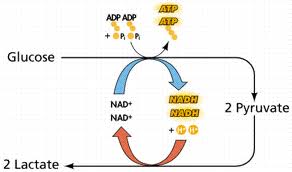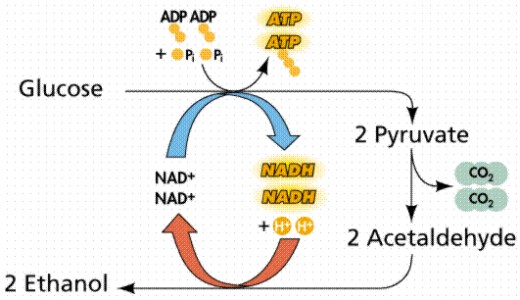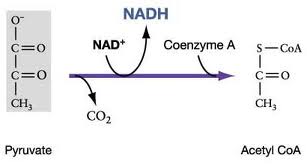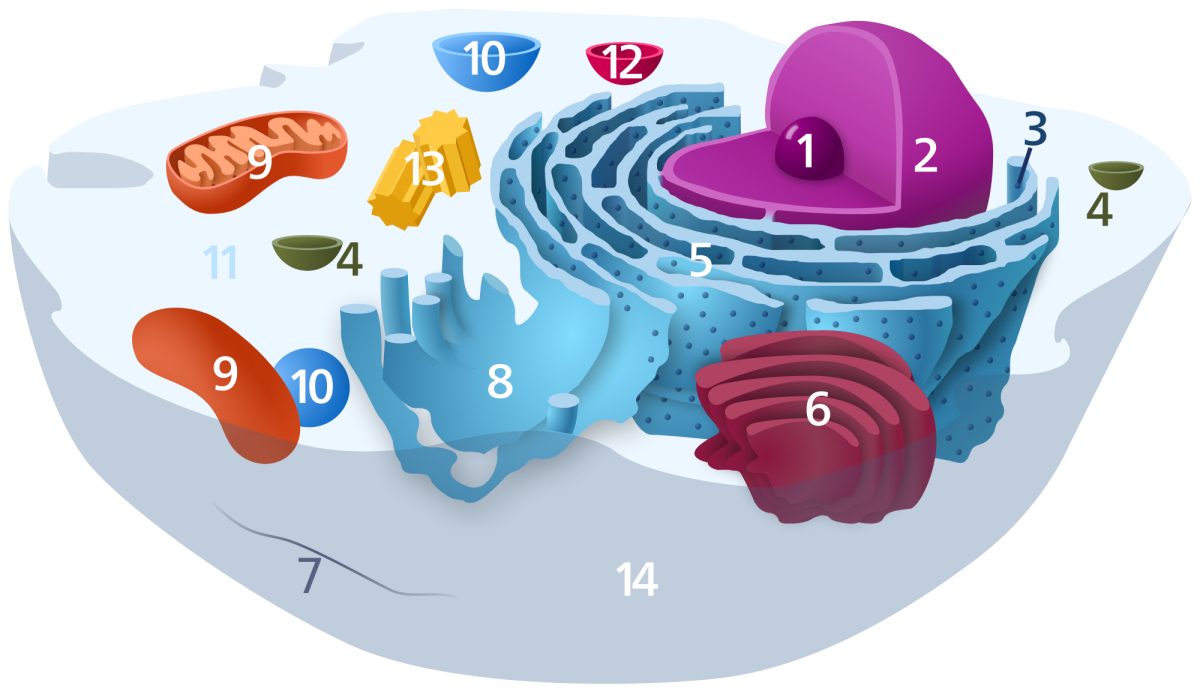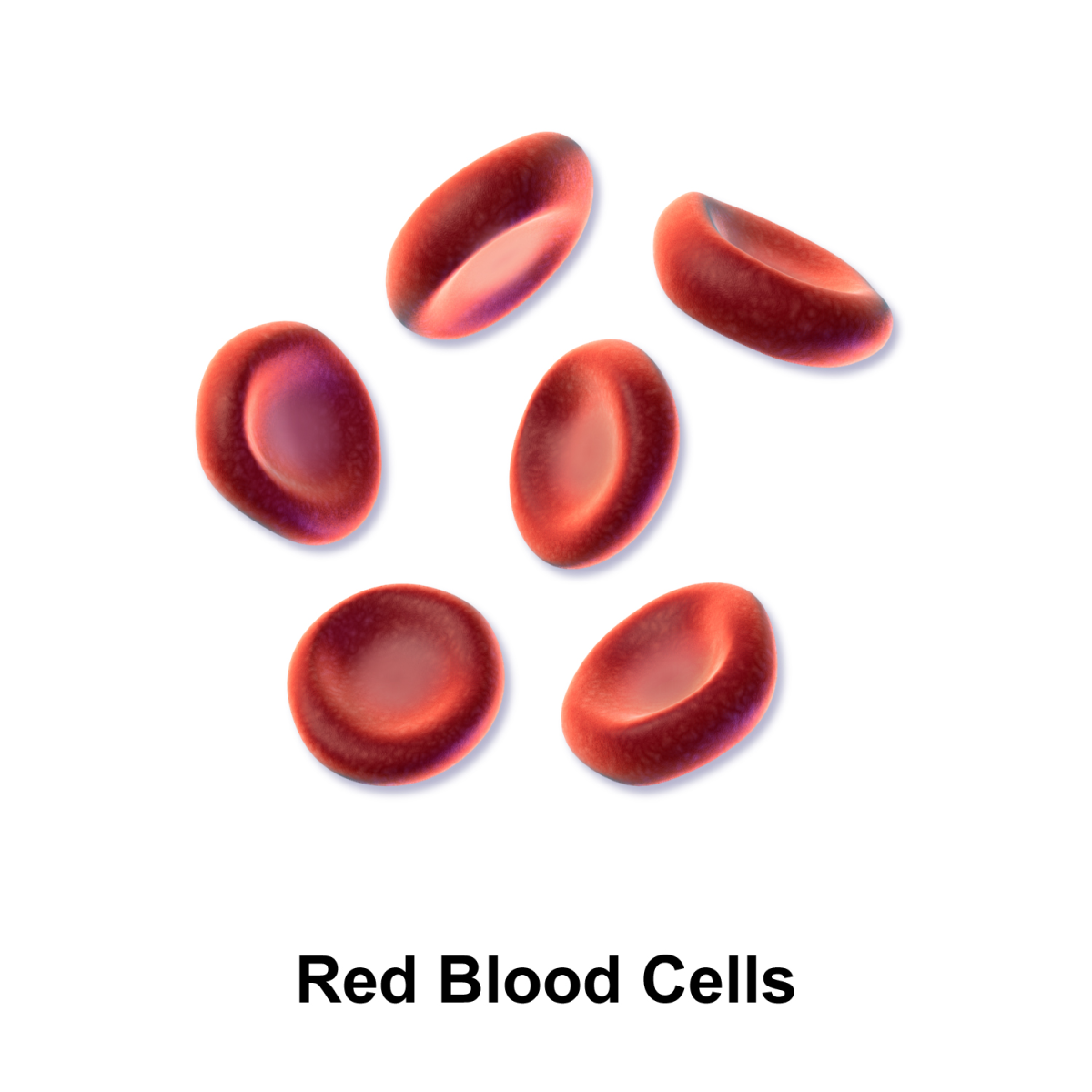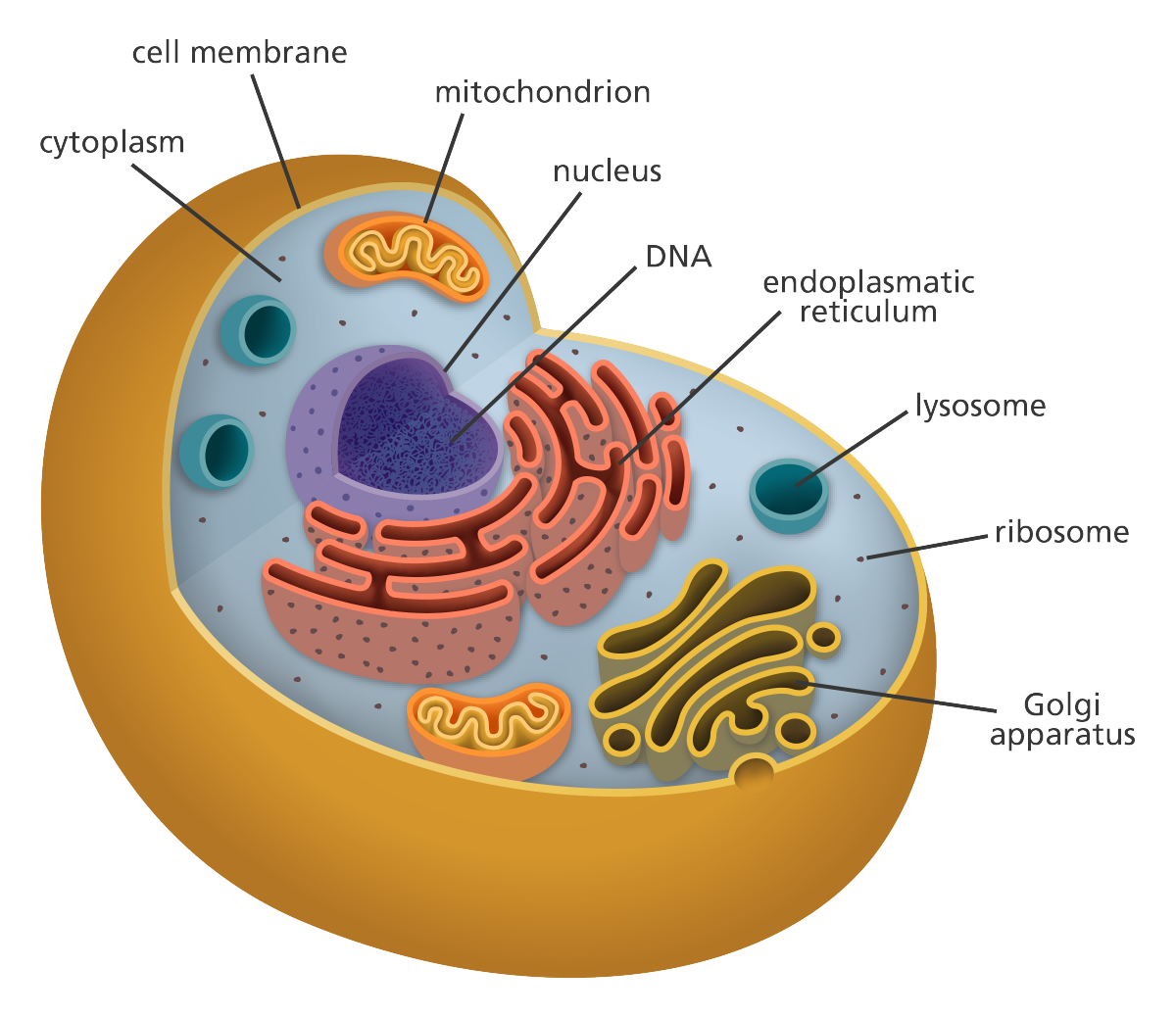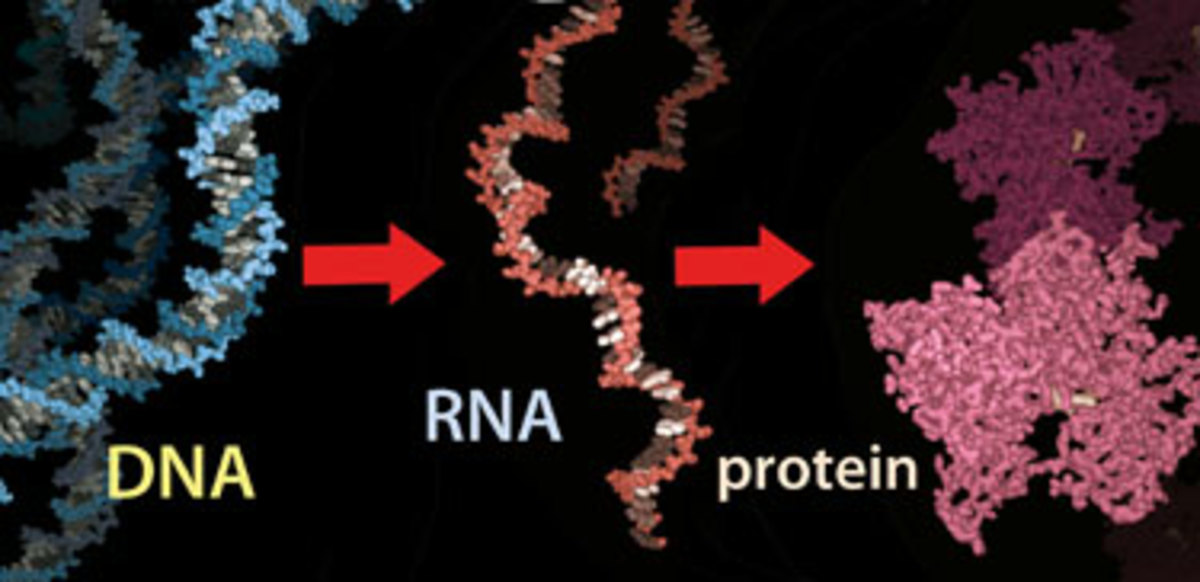How do cells use carbohydrates for energy?
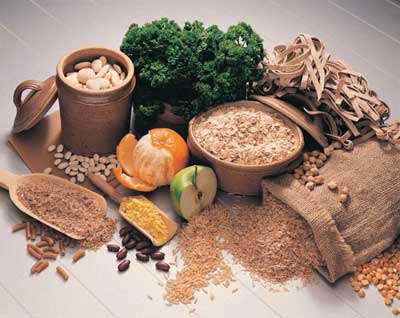
What are carbohydrates?
Carbohydrates are organic compounds that are defined by having reactive aldehyde and ketone functional groups and multiple hydroxyl groups. Mostly made up of carbon, hydrogen and oxygen with the empirical formula Cm(H2O)n; some carbohydrates also contains sulfur and nitrogen, phosphorus. Biologists believe that carbohydrates make up a higher percentage of biomass than any other biomolecules class. Like other major class of biomolecules, carbohydrates are found in all forms for life and serve many different functions including:
- Carbohydrates can perform a structural function, providing scaffolding for bacterial and plant cell walls, connective tissues such as cartilage in animals and exoskeleton shells in arthropods.
-
The monosaccharides ribose and deoxyribose are components of nucleic acid. They serve both a structural and chemical role in RNA and DNA
-
Carbohydrates are covalently bound to proteins and lipids on cell surfaces to act as markers for molecular recognition in signal transduction.
But carbohydrates are probably best known for their role in energy metabolism.
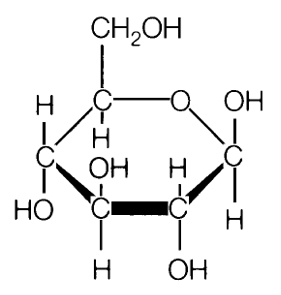
How are Carbohydrates metabolized?
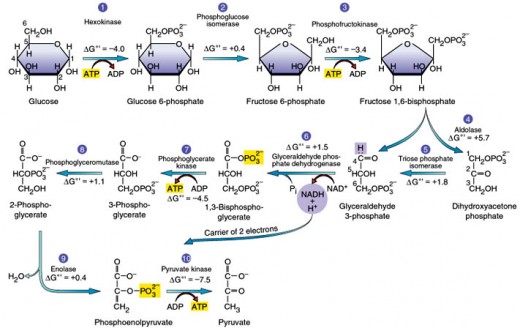
Anaerobic vs. Aerobic
The two molecules of pyruvic acid also known as pyruvate can be further metabolized to produce more energy. Pyruvate metabolism depends on the amount of oxygen that is available. In organism that are anaerobic or aerobic cells where oxygen levels are low, other molecules besides oxygen must serve as electron acceptors to oxidize NADH to NAD+ so metabolism can continue. The extraction of energy from carbohydrates and other organic substrates without using oxygen as an electron acceptor is called fermentation. There are two kinds of fermentation lactate fermentation and ethanol fermentation.
